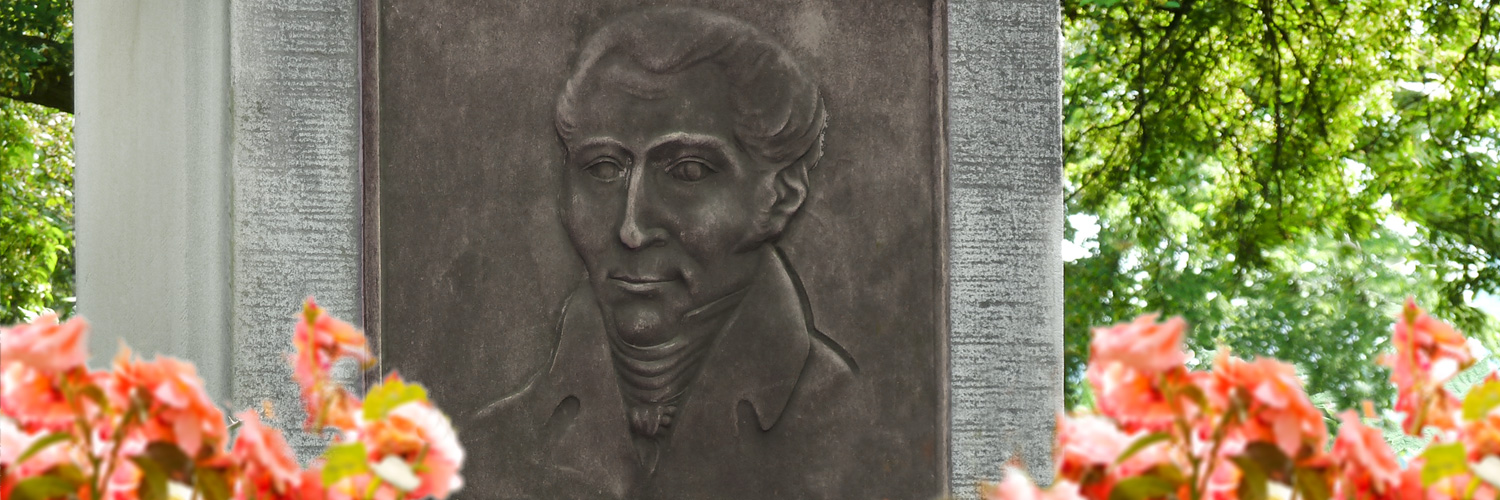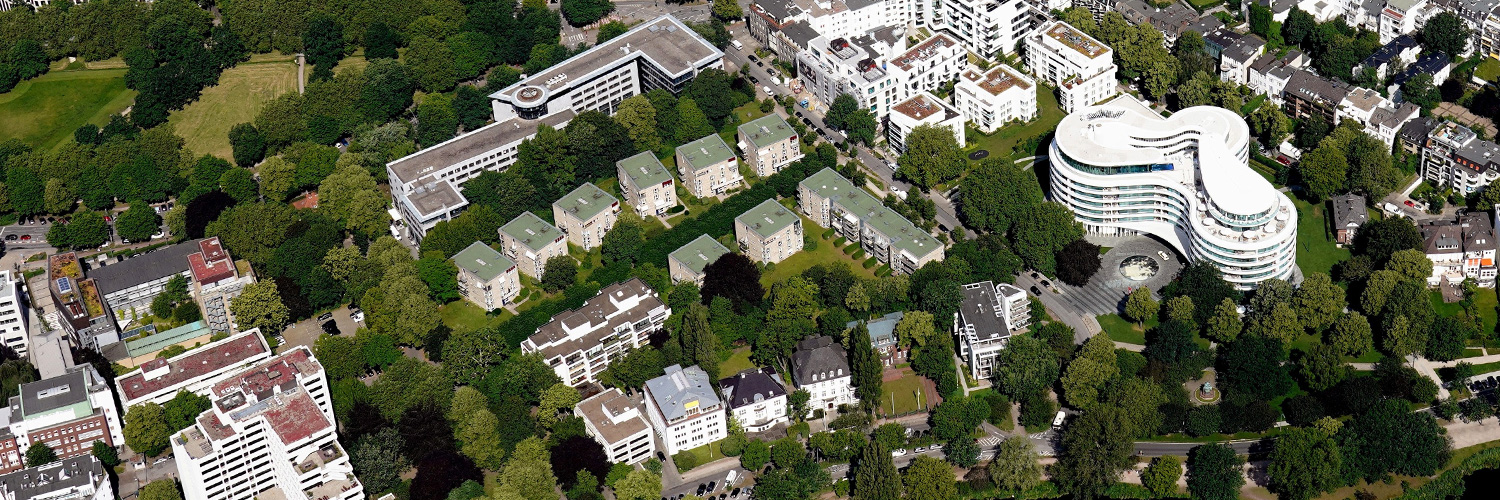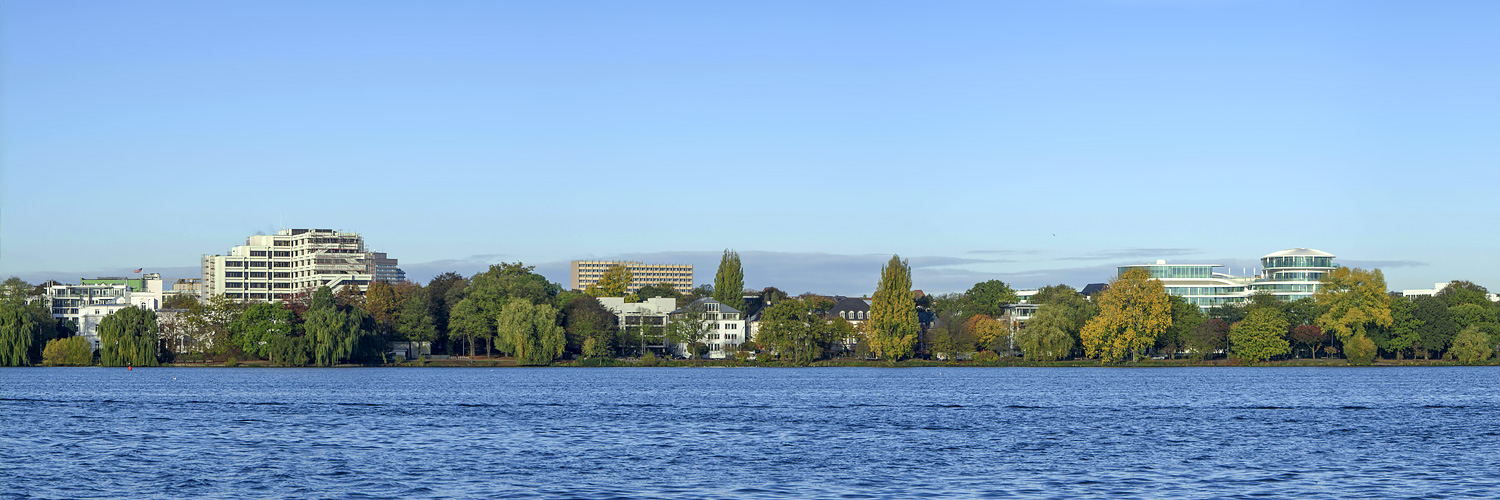John Fontenay
John Fontenay claimed that he was born in the United States towards the end of 1769 or in the beginning of 1770. He died in Hamburg on March 7, 1835.Despite extensive research so far it has been impossible to confirm that Fontenay actually originated from the then English colony of Pennsylvania, now the US East Coast states. There are indications that he derived from a well-to-do family of Jersey in the Channel Islands. In 1679, we assume his mother, Jane Fontenay, emigrated to Boston, Massachusetts. Details on where exactly he grew up on the US coast remain unclear. According to sources John Fontenay left Philadelphia in 1797 for Hamburg. As of the year 1801, Fontenay was listed in Hamburg address books and quickly, already in May 1801, he obtained the right to act as a shipbroker in Hamburg and he was given Hamburg citizenship. One year later Fontenay married Anna Catharina Kirsten, nee Ballheimer (see above portrait), a wealthy widow who brought four young children into the marriage.
Fontenay was successful in his profession as a shipbroker until 1803, when the Elbe river was blocked for the first time by the English in their quest to fight Napeleon. In 1804 he found a partner in Thomas Goulton Hesleden, a shipbroker to the English court. This turned out to become a life-long business partnership. As the British continued to block the river Elbe, like many Hamburg traders the two of partners shipped supplies to the blockaded city through Toenning, a small port on the North Sea coast.
When the French occupied Hamburg in 1806, Hesleden moved the business to Toenning while Fontenay - as a citizen of Hamburg - was able to remain in the city. The subsequent catastrophic decline of Hamburg's economy forced the partners to go separate ways. Hesleden then settled on the island of Helgoland which had been annexed by England in 1808. Fontenay with his wife and four stepchildren first traveled to London in May 1810, and continued to France in May 1811. As he still had American citizenship he lived for two years with his family in Clermont-Ferrand, France. After the end of the French occupation and Napoleon's retreat from most of the continent Fontenay finally returned to Hamburg via Schleswig in May 1814.
Again joined together, Fontenay and Hesleden picked up their successful shipbrokerage and for years were among the most important shipbrokers in Hamburg.
Commencing in 1816 Fontenay made extensive purchases of parcels of land adjacent to the three properties already owned by him outside the northern gate of the city, the Dammtor. The original park-like area between the Alster, Badestrasse and Mittelweg then was simply called after him "The Fontenay". Over time, residential and office buildings were erected on the streets Fontenay, Klein Fontenay and Fontenay Allee.
In 1831, John Fontenay laid the basis of a foundation in his will that initially involved an execution of the will and designated its step-children, the descendants of his wife, as the beneficiaries. Fontenay died in 1835 at his home - today Mittelweg 185 - and his remains were buried near the Dammtor in the cemetery of St. Michaelis’.
Fontenay's stepson Heinrich Friedrich Kirsten succeeded him as the head of the family, took over the shipbrokerage company and became the first executor of the trust. Since 1938, "John Fontenay's Testament" is a foundation under German private law and today benefits over one hundred descendents of Fontenays stepchildren.





